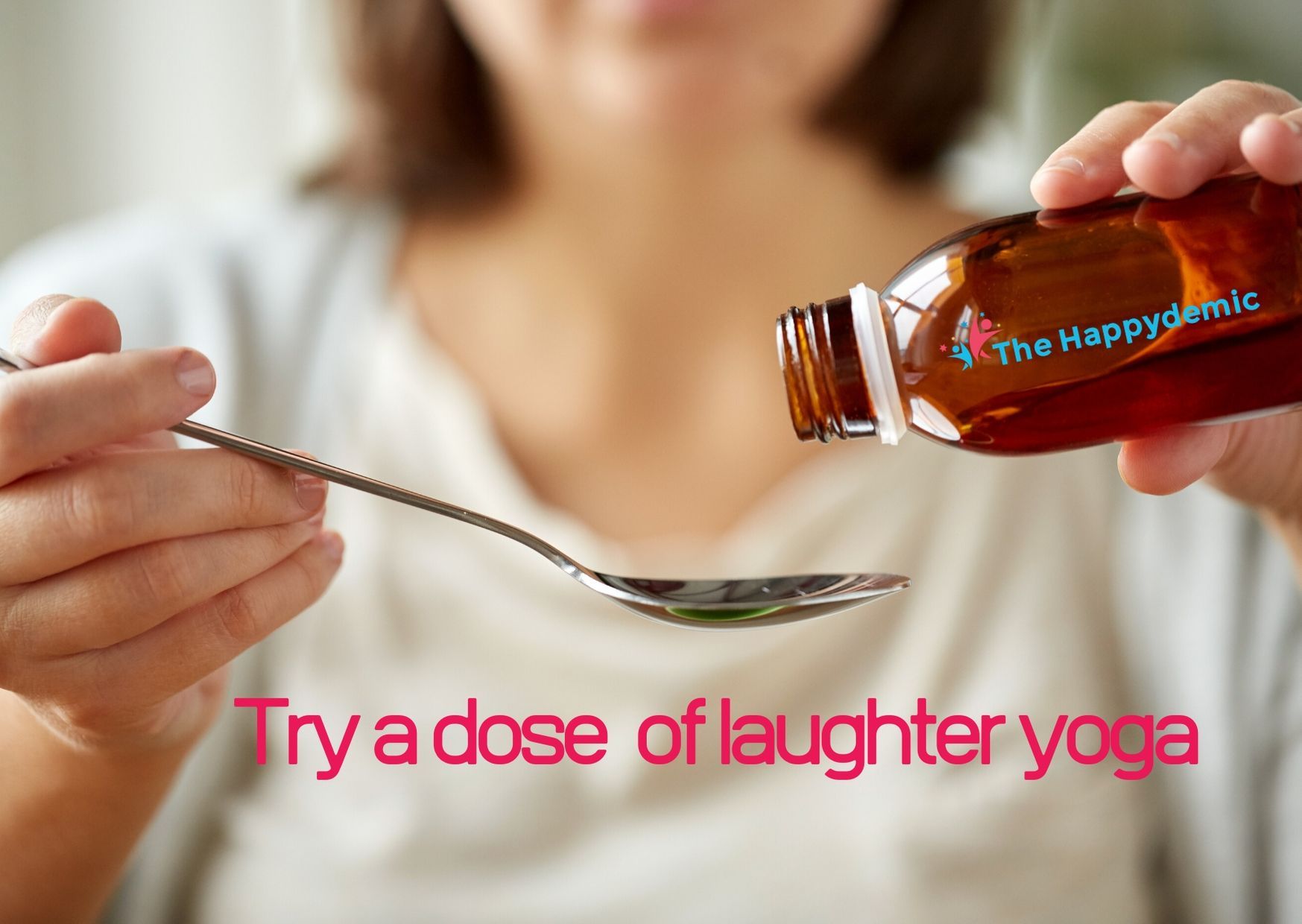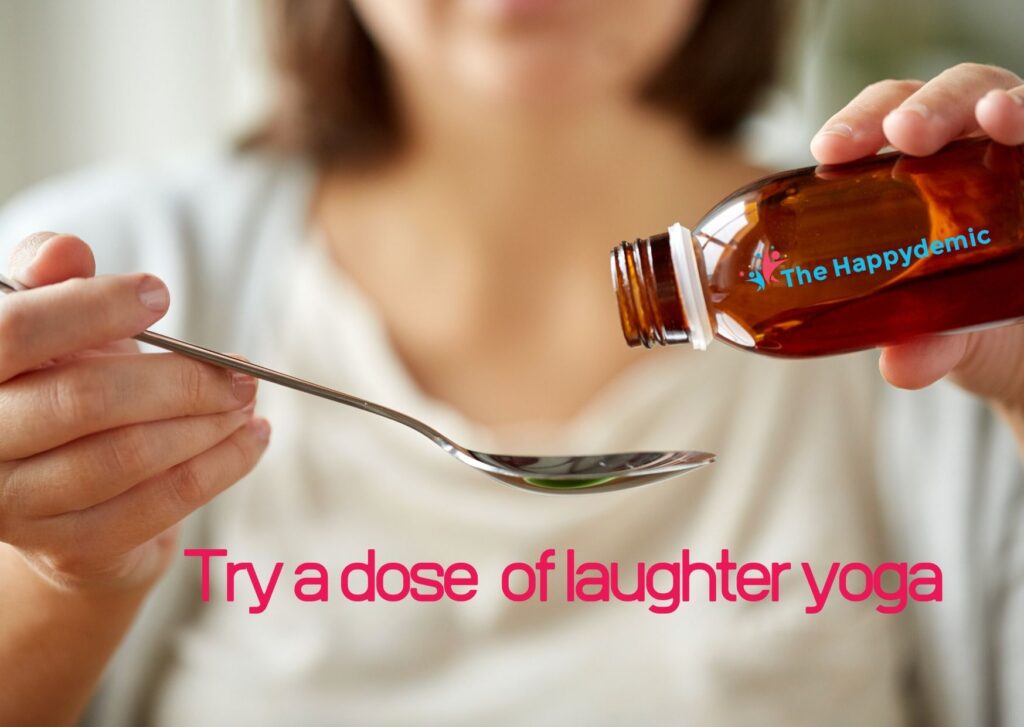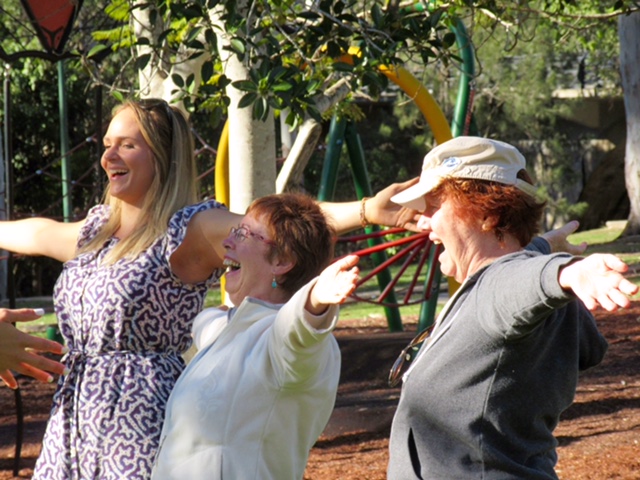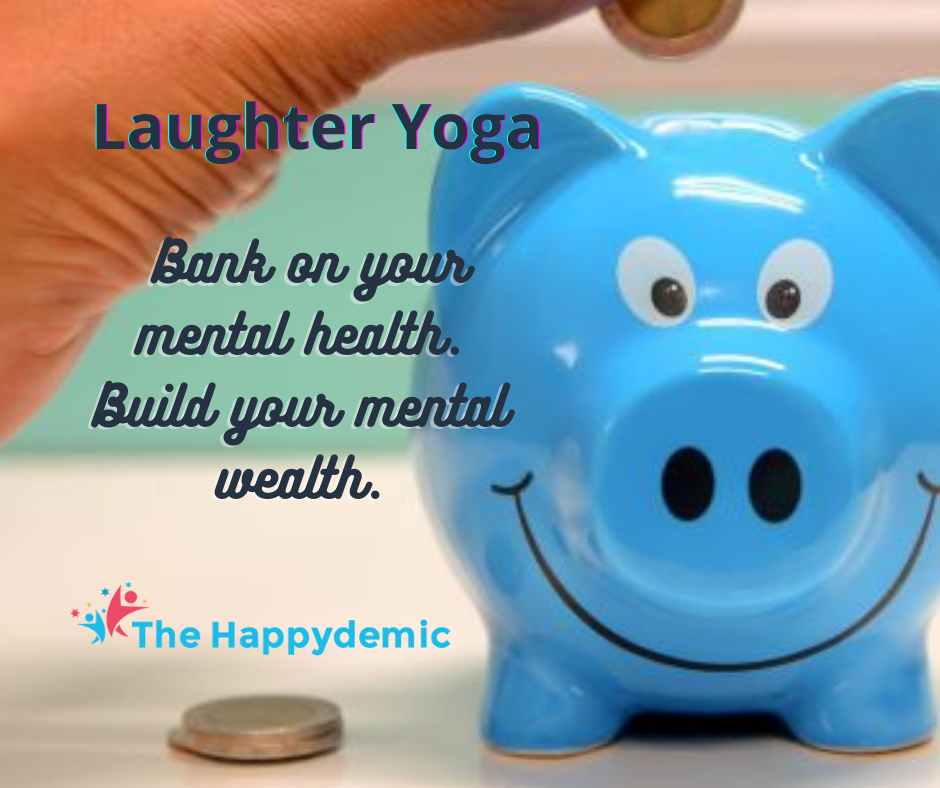
Laughter yoga as a social prescription for better mental health
We all have mental health. For some it’s more robust than others. And social community laughter clubs, practising laughter yoga, are a year-round social prescription supporting positive mental health.
As with physical health and wellbeing, increasing numbers of Australians seek out complementary or alternative therapies to handle their emotional or psychological health issues—and that includes trying laughter yoga to see if there’s truth for them in the adage that ‘laughter is good medicine’.
Laughter yoga—as practised in laughter clubs—is a complementary therapeutic activity with solid science backing its physiological, emotional, and social health benefits.
I know from the community laughter club sessions I have run over the years that participants often come because they recognise they need a mood ‘pick me up’.
Sometimes anxiety or the black dog of depression has taken up residence. Sometimes participants have come along to laughter club to ease their stress. Sometimes they’ve come because they’re tired of being lonely… Without exception. I’ve observed all who come to a laughter club welcome more fun into their lives; they enjoy laughing more freely, easily and often, with others.
What is laughter yoga?
Laughter yoga is a process that enables us to laugh intentionally, rather than intellectually. We allow ourselves to laugh out loud rather than reacting to something funny. We gently stretch and clap, playfully move, breathe diaphragmatically, and laugh out loud.
It was devised by a medical doctor in India. It’s practised all over the world.
Laughter yoga’s power rests with the brain not differentiating between what’s funny and what’s not (that’s the mind). The brain simply gets the signals we’re laughing and gets on with the job of sending messages throughout the body to relax.
But there’s more to laughter yoga and its laughter clubs than being just a bit of feel-good fun.
Laughter yoga is a social prescription too.
What is a social prescription?
Social prescribing is an activity enlightened health professionals may refer patients to—sometimes instead of, and sometimes in conjunction with, pharmaceutical medicines.
A 2019 report, from the Royal Australian College of General Practitioners (RACGP) and Consumers Health Forum Australia (CHF), suggested social prescribing could counter rising chronic health problems.
The RACGP/CHF report identified 5 distinct groups who could benefit from social prescribing:
- people experiencing mental health issues
- people with chronic physical health conditions
- people suffering social isolation
- older people
- children in their first 1000 days of life.
Social prescribing has been successfully used for some time in the UK.
Why social prescribing?
Social prescribing can address key risk factors for poor health, including:
- social isolation
- unstable housing
- more than 2 illnesses or diseases occurring in the same person at the same time
- mental health issues.
What types of social prescriptions are there?
Activities that may be socially prescribed are as diverse as individual’s interests, abilities, and needs.
They tend to be community-run (free or very low cost) to enhance accessibility.
They tend also to have a social side – to break down the risk of loneliness.
Joining a sports club, a walking group, a choir or gardening club, doing meditation classes, taking up a new hobby or volunteering are all forms of social prescription.
And then of course, there’s laughter club.
Laughter clubs’ health-giving roles
Laughter clubs – whether online or in-person — lift spirits and heart rate, are absolutely welcoming and, yes, they are fun.
- You don’t need to know anyone to come along. You become part of ‘the gang’ within minutes.
- You don’t need to be in a good mood.
- You don’t need to know or ‘get’ jokes.
- It’s not ageist.
- Anyone of any age or ability is welcome.
Most community-based laughter clubs in Australia are free or very low cost. They’re about inclusion and accessibility.
The sense of social connection experienced while doing group laughter yoga exercises often continues afterwards, in conversations and new friendships.
Why laughter clubs are socially prescribed
While laughter yoga’s benefits are many and varied, I suspect laughter yoga, practised regularly in social laughter clubs, is recommended because the sessions effectively:
- banish blues
- wind back stress
- eliminate any sense of loneliness
- provide a light cardio workout.
How can you get involved in laughter yoga?
You don’t need to be depressed or anxious or stressed or ‘referred’ to come along to a laugher club. They’re a fun social form of exercising (ideal for those who see ‘fun run’ as an oxymoron!).
Traditionally laughter clubs are facilitated by trained laughter leaders who volunteer their time. You may also find laughter yoga professionals running weekly club-like sessions that are free or low-cost to participants, thanks to community neighbourhood programs with grant funding or through Council healthy lifestyle programs. And you may find fee-for-service sessions offered in halls, yoga studios and the like just like any other exercise class.
You can find laughter club in-person locations across Australia at this link.
No laughter club in your community? Try the online sessions or consider training as a laughter leader, volunteering to bring more joy into your community and your life.
To end on another adage: when you bank on your mental health, you build your mental wealth!
Former health journalist turned laughter wellbeing practitioner HeatherJoy Campbell is a professional laughter yoga teacher/trainer based in southeast Queensland who gives back to her community through laughter clubs in Moreton Bay region.


